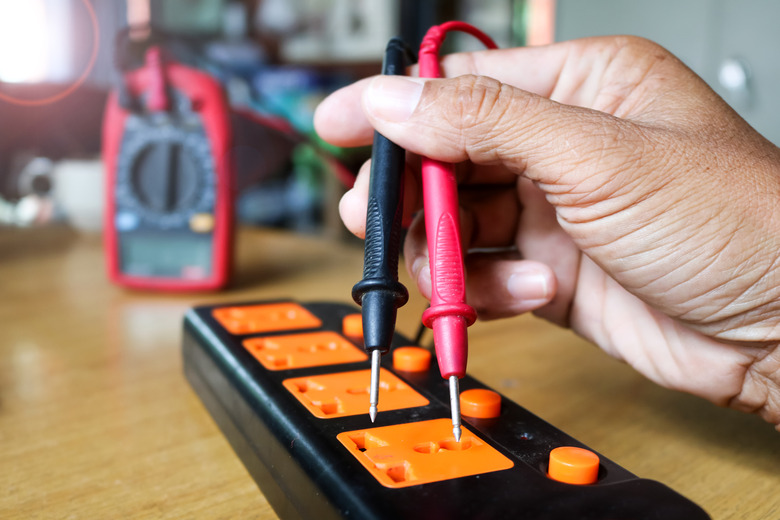Physical Address
Suite 5, 181 High Street,
Willoughby North NSW 2068
Physical Address
Suite 5, 181 High Street,
Willoughby North NSW 2068

Electric power is at the center of modern life, but many people don’t know the basics of it. What’s the difference between the electricity running through the power lines, the electricity in the house and the electricity inside an appliance? Why does the sliding switch on the back of the computer say 110 or 120 VAC?
Electric power comes in two basic flavors: AC and DC. DC power flows continuously in one direction, ideally never switching or fluctuating. AC current switches from positive to negative and negative to positive many times a second.
There is no such thing as VAC power – it is just AC power. When you see 110 VAC on an appliance, it means 110 volts AC power. Voltage is a measure of “circuit pressure.” It refers to how hard the electricity pushes through a circuit. The voltage helps to determine the amperage–the amount of electricity flowing through the circuit every second. The higher the voltage, the harder the electricity pushes on a circuit and the more electricity flows through it. AC is also measured in frequency–how fast it changes direction. Most AC power is at 60 hertz, which means that it changes from negative to positive to negative again 60 times a second.
Most of the United States uses electricity at anywhere from 110 to 120 volts AC. The electronics we build are designed so that they can handle this slight power variation without malfunctioning. By contrast, Europe and most of the world use power at between 220 and 240 volts. Factories also use 240 volts AC, but with an important difference. The power in factories is three-phase power, made out of three different AC electric signals which are out of sync with each other.
Every time you change energy from one form to another, you lose some energy. Generators make electricity as AC, so it makes sense to transmit it in that form. The electricity generated is extremely high in voltage, which minimizes the amount lost over the power lines. Individual buildings, however, use much lower voltage. The electricity is run through a step-down transformer, a device that lowers the voltage of AC electricity. If the electricity in the power lines were DC, it would have to be converted back to AC at every transformer before it could be stepped down–a wasteful process requiring a lot of extra equipment.
Most electronic devices can not actually run off of AC current. Instead, they need steady, low-voltage DC power. That is why nearly every consumer device that plugs in has a DC power supply. The power is first run through a second step-down transformer to lower it from 120 volts to some value usually between 5 and 20. Then it is run through a bridge rectifier, which turns the power into DC.
If you travel internationally, the differences between AC power standards in different countries pose problems for mobile electronic devices. Plug types are different, so a U.S.-type connector won’t fit in a German outlet, for example. Some modern devices come with plug adapters for different countries; the electronic circuits automatically adjust for different voltages. For other devices, you’ll need an international voltage adapter that converts higher foreign voltages to the 110-volt U.S. standard. The adapter plugs into the wall outlet, and your U.S.-type gadget plugs into the adapter’s socket. Before traveling, check if your devices can use international AC power or if you need to bring adapters.